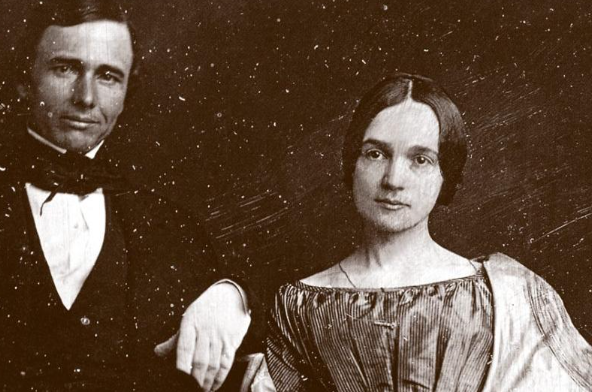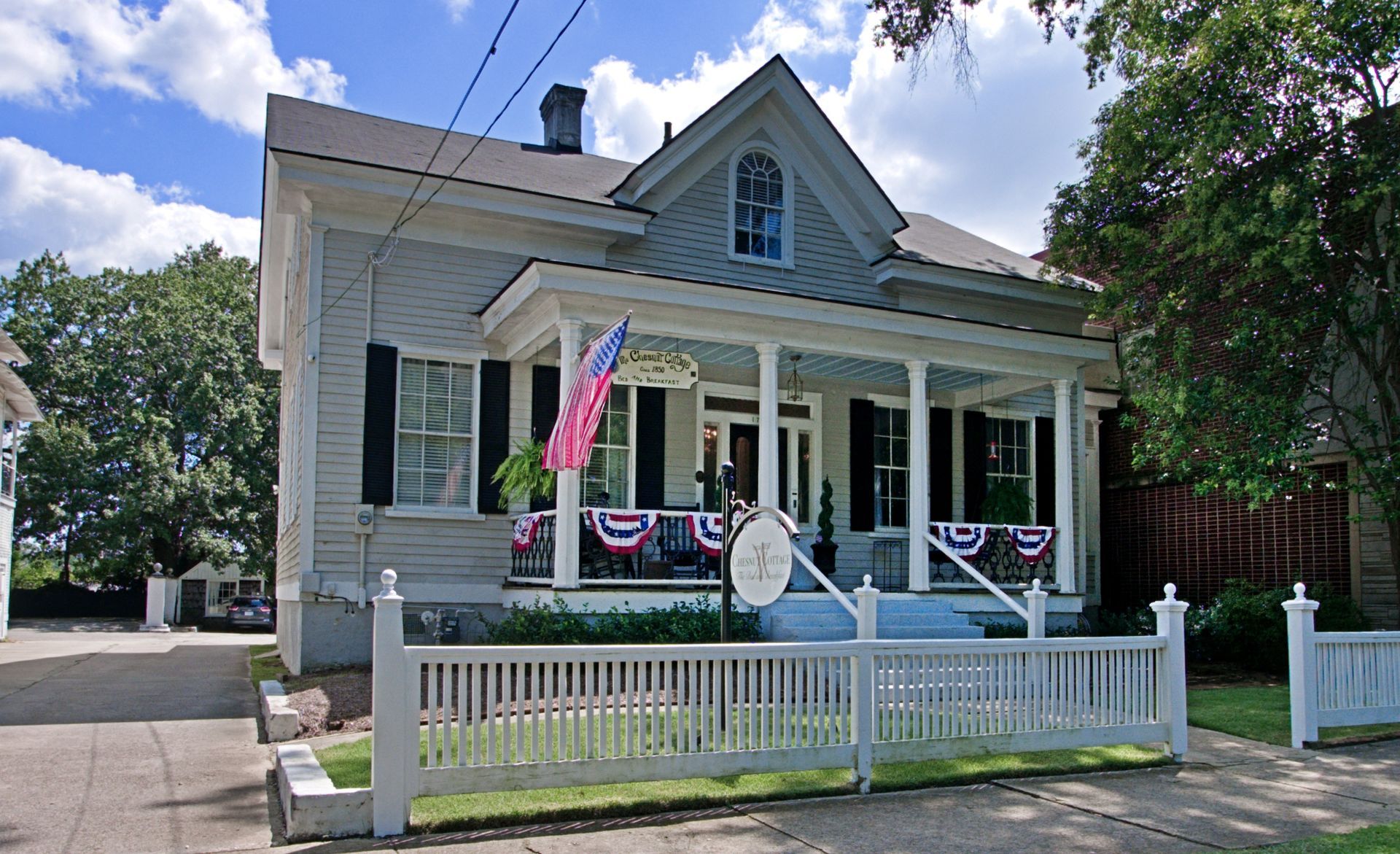How Mary Chesnut’s, A Diary from Dixie Captured the Civil War in SC
Who Was Mary Chesnut?
Nature's Symphony
Sed ut perspiciatis unde omnis iste natus error sit
Mary Chesnut (1823-1886), was a South Carolina author and diarist best known for her firsthand account of Southern life during the Civil War. Her father was Stephen Decatur Miller, a prominent South Carolina politician who served as governor and in Congress.
Mary was the wife of James Chesnut Jr., a U.S. senator and military advisor.
Let’s explore Mary’s impactful writings, her social and political perspectives, and her legacy in the modern age. We’ve also got some insight into where Mary and her husband lived during the Civil War and how you can stay there yourself!
Published Versions of Mary’s Diary
Mary Chesnut’s diary was later edited and published as a book under different titles. The most famous versions include:
- A Diary from Dixie (1905) – The first published version of her diary, edited by Isabella D. Martin and Myrta Lockett Avary. This edition provided a personal account of the Civil War from the perspective of a wealthy Southern woman.
- Mary Chesnut’s Civil War (1981) – Edited by historian C. Vann Woodward, this expanded and more carefully annotated version won the Pulitzer Prize for History in 1982. It restored and reorganized her original writings, offering a more complete and historically valuable account of the war and Southern society.
Her diary captured a unique perspective of the Civil War, told with intelligence, humor, and a rawness that was inspiring and unmatched by other historical accounts.
A Dairy from dixie

Mary’s diary provides a vivid and personal perspective on the war, capturing the emotions, challenges, and daily life of those living through the conflict. Unlike many of her contemporaries, Chesnut was an astute observer who chronicled not only political and military developments but also the personal struggles faced by women, families, and communities during this tumultuous time.
Mary Chesnut had a front-row seat to many of the war’s most significant moments. Her diary, written between 1861 and 1865, captures the anxieties, fears, and resilience of those navigating an uncertain future.
Mary’s Personal Perspective
Unlike official records or military reports, A Diary from Dixie provides a deeply personal and often candid view of the war. Chesnut was an educated and perceptive woman who documented not just battles and political decisions, but also the daily lives, fears, and hardships faced by those around her.
Her writings highlighted the emotional toll of war on families, the struggles of women left behind, and the impact of ongoing conflict on Southern society. She recorded conversations with key political and military figures of the time, making her diary an essential historical document.
Chesnut’s writings provide valuable insight into the mindset of a Southern woman grappling with the social and moral dilemmas of her time.
A Literary and Historical Treasure
Nature's Symphony
Sed ut perspiciatis unde omnis iste natus error sit
What makes A Diary from Dixie remarkable is Chesnut’s literary style. She wrote with wit, intelligence, and a keen sense of irony, making her diary not just a historical document but also a compelling narrative.
Mary’s work remains one of the most important literary and historical records from the Civil War era, offering historians and readers a nuanced view of life in the South during this period.
Her keen observations and detailed accounts preserve an intimate record of how the war unfolded, capturing the hopes, fears, and personal struggles of those who lived through it.
Her observations remain invaluable for understanding the human experience of war and the moral and social dilemmas of many Southerners during the Civil War.
Mary and James’ Southern Cottage
Serving as the Chesnut’s home during the tumultuous years of the Civil War, Chesnut Cottage B&B is steeped in history. The walls of our bed and breakfast whisper stories of the past, including its role in hosting President Jefferson Davis in 1864, making it a true living museum of American history.
Architectural Features
Constructed around 1850, Chesnut Cottage showcases the architectural style of the era, known as a "Columbia Cottage." This design uniquely blends Classical and Greek Revival styles, featuring a central dormer with an arched window, a decorative balustrade, and a welcoming portico supported by octagonal columns.
These elements have been meticulously preserved, offering guests an authentic glimpse into the 19th century while ensuring a comfortable stay in a premier location. Our property is near some of the
best dining in Columbia
with many options, along with scenic adventures like
Congaree National Park.
Robert Mills Historic District
Chesnut Cottage Inn is situated in the prestigious Robert Mills Historic District, one of the most historically significant neighborhoods in Columbia.
Named after Robert Mills, the renowned architect responsible for designing the Washington Monument, this district boasts a collection of well-preserved 19th-century homes and buildings that tell the story of Columbia’s rich past.
FAQs
Nature's Symphony
Sed ut perspiciatis unde omnis iste natus error sit
Where was Mary Chesnut born?
Mary Chesnut was born in Charleston, South Carolina, on March 31, 1823.
Where did Mary Chesnut live?
Mary and her husband James, lived in their historic home, the Chesnut Cottage in Columbia, SC between 1853-1861. The home was built in 1855 and has been converted into a historic bed and breakfast! Visitors can come and stay right where the Chesnuts lived, experiencing a historic getaway in Columbia!
Where is Mary Chesnut buried?
Mary Chesnut is buried in Knights Hill Cemetery in Camden, SC, where she spent much of her life. Her grave is part of the historic sites related to her legacy.
When was Chesnut Cottage Inn added to the National Register of Historic Places?
Chesnut Cottage Inn was added to the National Register of Historic Places in 1971 as part of the Robert Mills Historic District in Columbia, SC.
What types of rooms and amenities are available at Chesnut Cottage Inn?
Chesnut Cottage Inn offers elegant and luxurious suites, each uniquely designed to blend historic charm with modern comfort.
Guests enjoy:
- Custom mattresses and fine linens for a restful night’s sleep.
- Gourmet, curated breakfasts with locally sourced ingredients.
- Complimentary Wi-Fi, private baths, and cozy seating areas.
- Personalized house tours highlighting the cottage’s rich history.
The Historic Legacy of Chesnut Cottage Inn
Built in circa 1850, the Chesnut Cottage served as the private residence of Mary Boykin Chesnut and her husband, Senator James Chesnut Jr., during the turbulent years of the war. Mary’s, A Diary from Dixie, memorializes this turbulent period of their life with a unique perspective not found anywhere else.
What’s more, is that Chesnut Cottage Inn remains the last
locally owned and operated B&B of its kind in Columbia, SC. The historical and luxurious experience found in our bed and breakfast are a cherished part of our guest’s experience.
Stay at Chesnut Cottage Inn Bed and Breakfast
If you’re interested in staying in the home of Mary and James Chesnut, book a room at Chesnut Cottage Inn, and let us welcome you! We offer curated breakfasts, premium accommodations, and historic elegance in Columbia, SC. We also have resources on top things to do in Columbia, SC to complement your stay with us.
We can’t wait to host you in our historic home!




